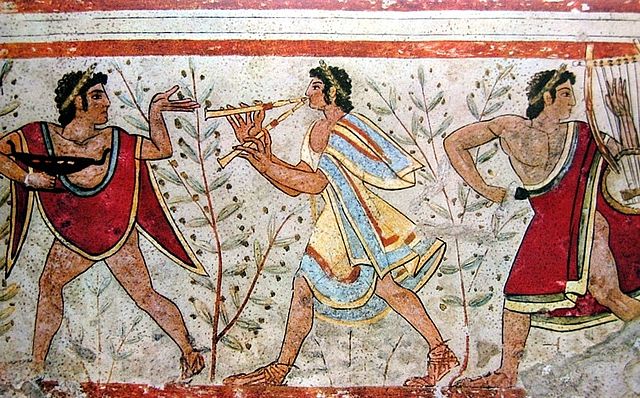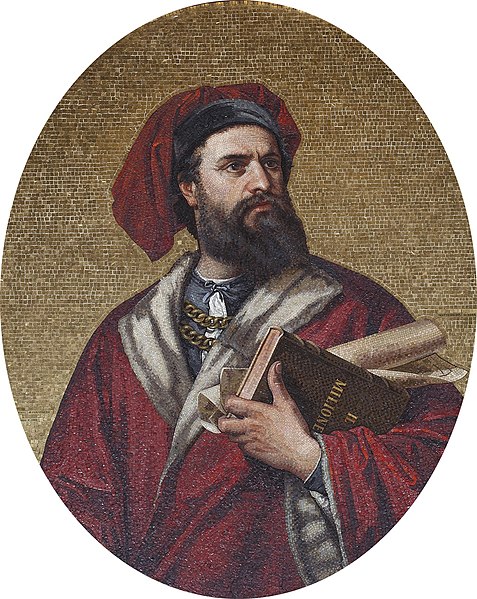Italian resistance movement
The Italian resistance movement was the Italian resistance groups who fought the occupying forces of Nazi Germany and the fascist collaborationists of the Italian Social Republic during the Second World War in Italy from 1943 to 1945. As a diverse anti-fascist movement and organisation, the Resistenza opposed Nazi Germany, as well as Nazi Germany's Italian puppet state regime, the Italian Social Republic, which the Germans created following the Nazi German invasion and military occupation of Italy by the Wehrmacht and the Waffen-SS from 8 September 1943 until 25 April 1945.
Flag of the National Liberation Committee and some members of the Italian resistance in Ossola, 1944
Carlo Rosselli
Giacomo Matteotti
Italian soldiers preparing to clash with the Germans at Porta San Paolo in Rome, 10 September 1943
Italy, officially the Italian Republic, is a country in Southern and Western Europe. It is located on a peninsula that extends into the middle of the Mediterranean Sea, with the Alps on its northern land border, as well as several islands, notably Sicily and Sardinia. Italy shares its borders with France, Switzerland, Austria, Slovenia and two enclaves: Vatican City and San Marino. Its territory also includes Campione and the Pelagie Islands. It is the tenth-largest country by land area in the European continent, covering an area of 301,340 km2 (116,350 sq mi), and the third-most populous member state of the European Union, with a population of nearly 60 million. Its capital and largest city is Rome; other major urban areas include Milan, Lombardy, Naples, Turin, Florence, and Venice.
Etruscan fresco in the Monterozzi necropolis, 5th century BC
The Colosseum in Rome, built c. 70–80 AD, is considered one of the greatest works of architecture and engineering of ancient history.
Marco Polo, 13th-century explorer
Leonardo da Vinci, the quintessential Renaissance man, in a self-portrait (ca. 1512, Royal Library, Turin)








